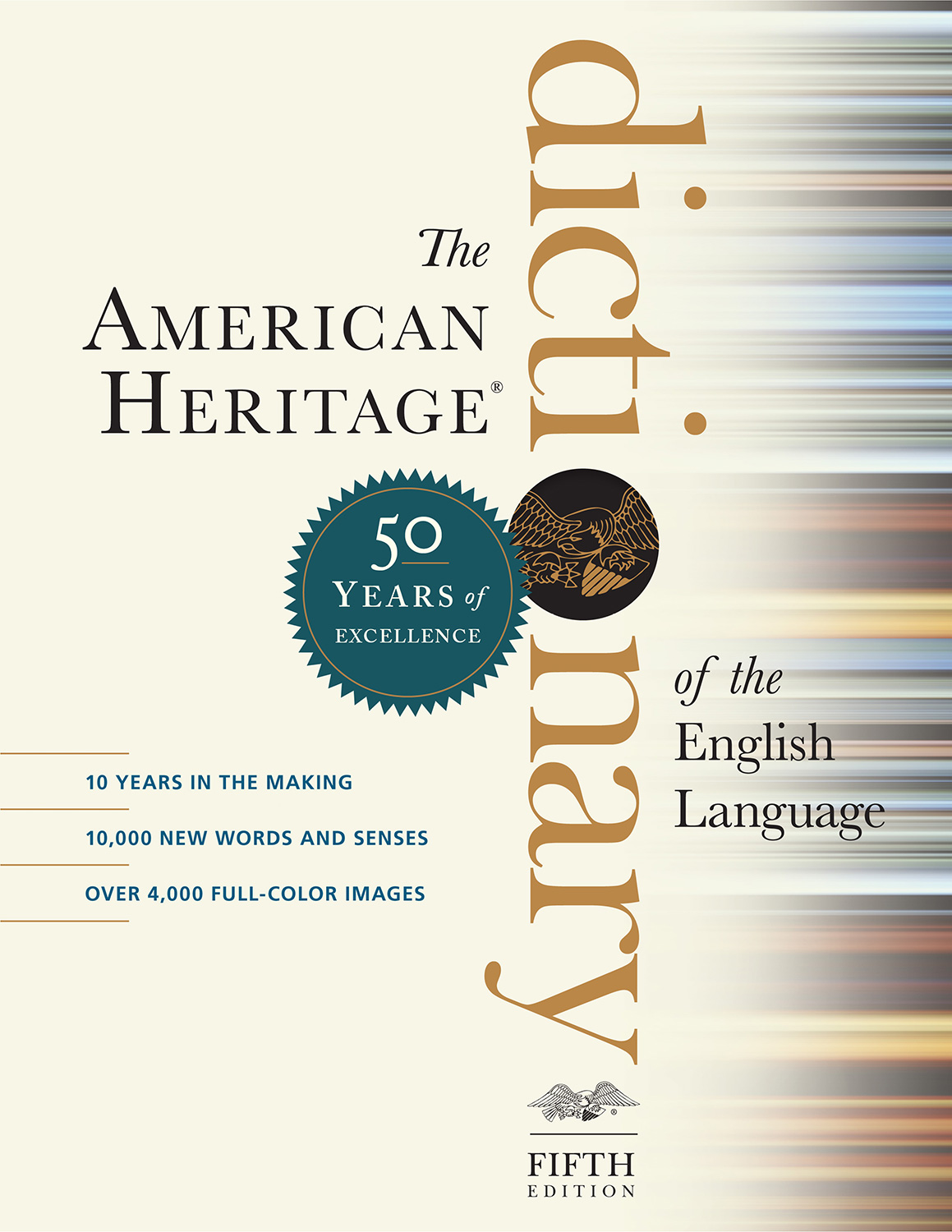n. 1. A poisonous perennial herb (Atropa belladonna) native to Eurasia and northern Africa and naturalized in parts of North America, having nodding, purplish-brown, bell-shaped flowers and glossy black berries. Also called deadly nightshade. 2. An alkaloidal extract or tincture derived from this plant and used in medicine. [Italian : bella, feminine of bello, beautiful (from Latin bellus; see deu-2 in the Appendix of Indo-European roots) + donna, lady; see DONNA (the plant perhaps being so called because women of Italian courts during the Renaissance are said to have used the juice of belladonna berries to make their eyes more attractive by dilating their pupils) .]  (click for a larger image) belladonnafruit and flower of the belladonna plant Atropa belladonna |
The American Heritage® Dictionary of the English Language, Fifth Edition copyright ©2022 by HarperCollins Publishers. All rights reserved.







